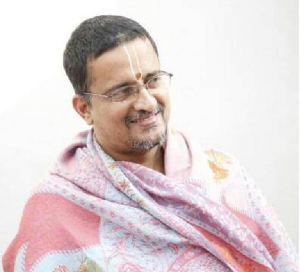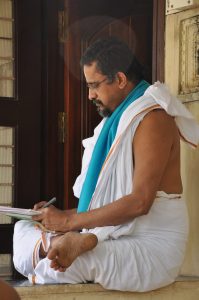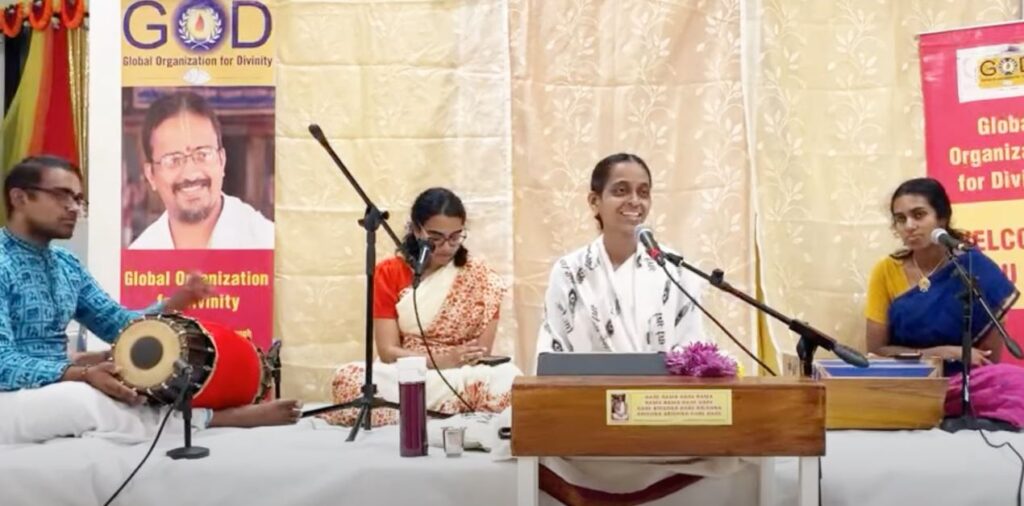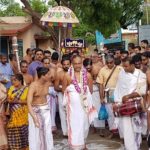As I stood in my first American wedding engagement party during my graduate student-years, I heard a cordial “Hi” behind me. The first thing I noticed as I turned was a Coke in this person’s hand and I felt instant camaraderie, as we were the only two in the entire party with Coke cans. I then looked up to see that he wore a priest collar, which puzzled me. My friend John (the fiancé) came over and quickly introduced the priest as Daniel, his childhood friend. In a flash, John was gone and the two Coke sippers were left alone in a sea of champagne sippers.
Daniel asked, “So you are Hindu?”
Taken aback, I nodded yes.
He then asked, “What do you think about Maya?”
“I do not know her,” I quickly answered, and to prevent any affront to my charisma added, “yet”.
He said, “No I mean Maya in your religion. That piano over there, isn’t it Maya?”
Before I could say anything, he asked, “Why do you believe in rebirth and have so many gods? How can you worship a god with an elephant head?…”
As he started to rattle off these questions, I began looking for a window to jump out of. Thank God (not sure which one I thanked at that time), John came over with Emily (his fiancée) and I was rescued!
That night, while returning to my dorm room, I asked myself a fundamental question – What does Hinduism stand for and how can I explain it to skeptics like Daniel in a simple way?
It has been more than a decade since my encounter with Daniel and I am still trying to find an answer to this question. I have found that I cannot define our religion in the format laid out by Western paradigms. Rather, I can start with contrasting some of the unique qualities of our Sanātana Dharma with other faiths and thus attempt to paint a picture.
Way of Life than Way of Worship
It is simply impossible to categorize Sanātana Dharma as just a religion. How can you categorize something that has monotheism, polytheism, panentheism, pantheism and atheism as part of its practice, as a ‘religion’? It is simply a way of life. To quote Rig Veda,  “Ekam sat, viprah bahudha vadanti” (Truth is one but men describe it differently). Our dharma allows for every aspect of belief and concept of god. This is truly a way of life – how people in the Indian subcontinent lived and evolved since thousands of years before Christ.
“Ekam sat, viprah bahudha vadanti” (Truth is one but men describe it differently). Our dharma allows for every aspect of belief and concept of god. This is truly a way of life – how people in the Indian subcontinent lived and evolved since thousands of years before Christ.
Descriptive vs. Prescriptive
Sanātana Dharma is highly descriptive. It is akin to having a AAA map trying to find the route from Detroit to Chicago. There are many ways to enlightenment and it is up to the follower to figure out which way to go. This is a fundamental aspect of our Dharma and a key difference from other religions of the world. Other faiths generally prescribe what needs to be done and specify a particular way, rather than allowing one to choose a suitable path.
Samsāra or the Cycle of Rebirth
While this concept is central to our Dharma, most other mainstream religions do not agree with it. Interestingly, earlier versions of Christianity and Judaism are supposed to have believed in rebirth. The logic is simple. If you owe (as your karma), you pay (as being reborn again). If you do not owe, you get to go home (Moksha). Furthermore, the mere existence of pestilence, poverty, evil that afflicts newborns, cannot be simply explained as suffering given by a loving God. It can only be explained by Samsāra.
Maya
My acquaintance Daniel’s favorite subject. Maya is neither untrue nor true in our philosophy. One of Sanātana Dharma’s teachings is that of the Brahman which is all permeating and all encompassing. It is beyond name and form, and yet is the source of all things we see. Maya shows the dualistic aspect of Brāhman. Maya is not about being an illusion (as in a mirage). Rather it is the engagement in the pursuit of temporal pleasures as opposed to Bliss (realizing the Brahman). A glass of milk takes a shape of the glass, while a carton of milk takes the shape of the carton. Maya provides the perspective of milk having the shape of its container and prevents us from realizing that milk itself is shapeless regardless of what container it is in. Thus the perception of visible truth as opposed to the Ultimate Truth is the central concept of Maya and very own to our Dharma.
— Bala Subramanian, Seattle WA.
(Illustration by Nithya Balasubramanian, Boston MA)





